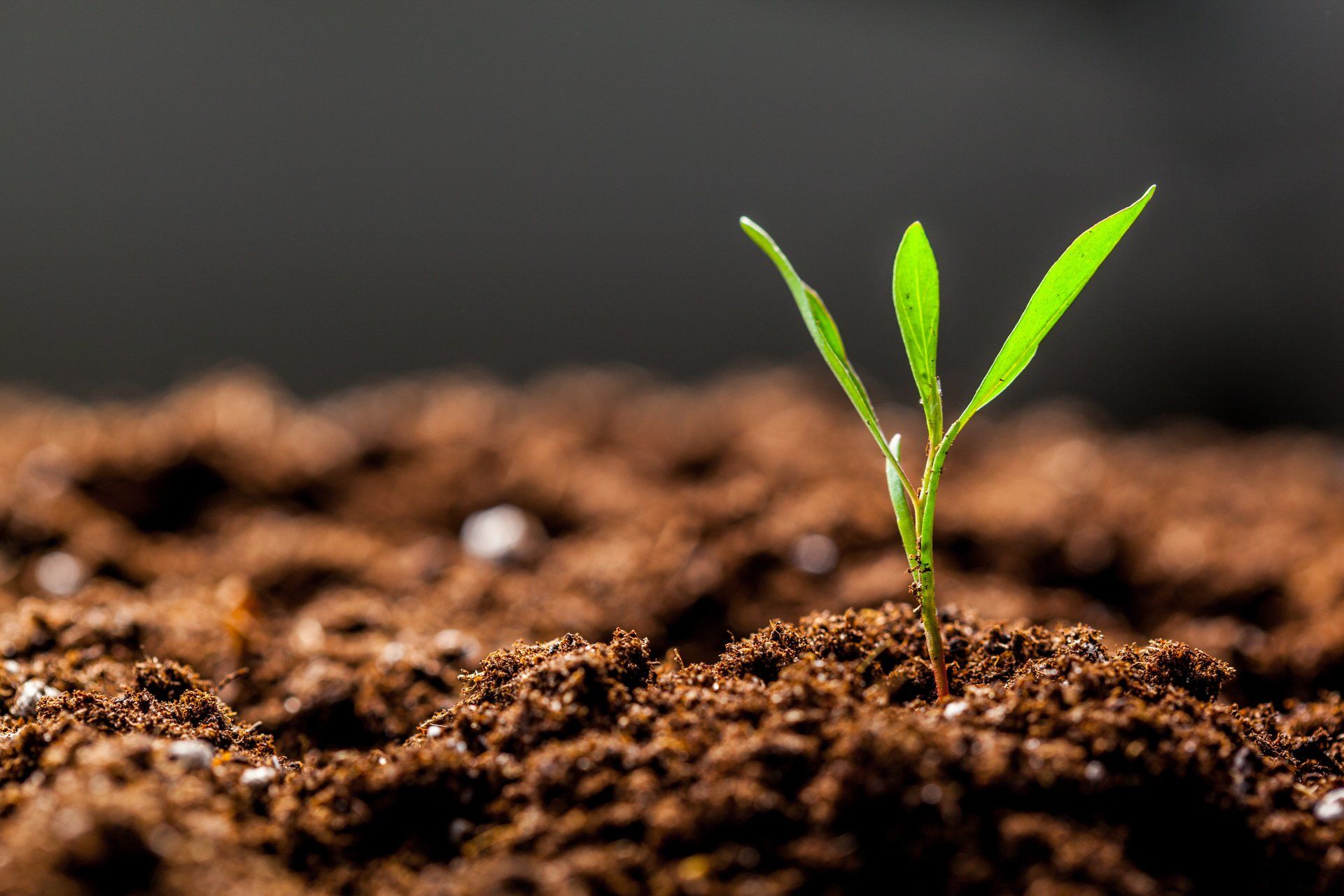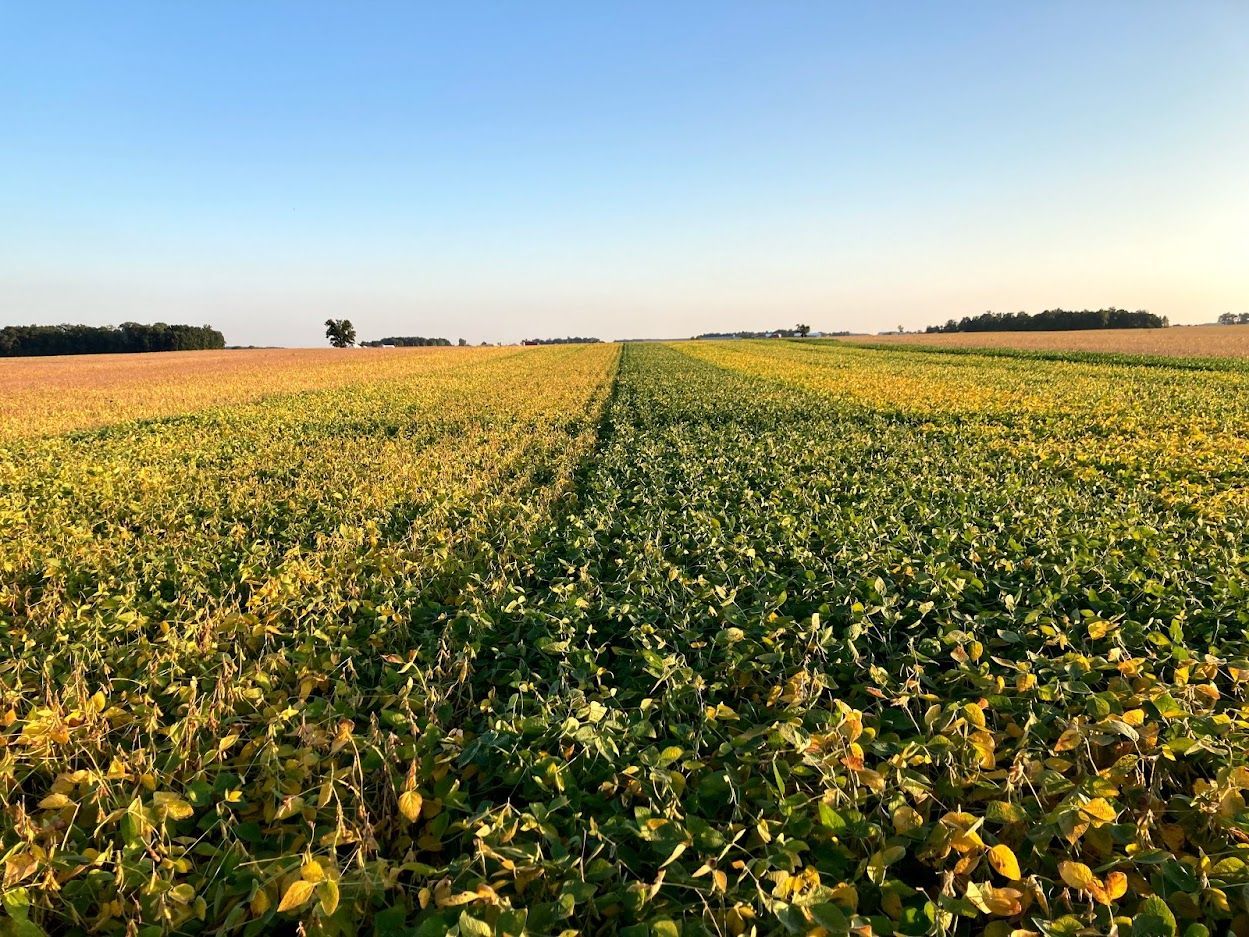Turning Last Year’s Lessons into Next Year’s Wins
If you’re in agriculture, there’s a good chance this past year tested your patience.
Low commodity prices, high input costs, tight margins—it’s the kind of season that makes every decision feel heavier. And looking ahead, it might be more of the same.
When every dollar counts, it’s tempting to just dive into next season with your head down and sleeves rolled up. Before you jump in and get to work, there’s one step that can pay bigger dividends than any yield bump or price swing: an after-action review.
Reflecting Beats Reacting
All farmers do some kind of mental recap each winter: “That hybrid didn’t hold up,” “We sprayed too late,” “Fertilizer costs killed the margin.” But when times are tight, those thoughts deserve more than a mental note.
An after-action review isn’t just for corporate companies, it’s for all businesses, including your farming operation. Large, small and everything in between—it’s a proven approach used by the military, emergency responders, and forward-thinking farmers. The concept is simple: step back, analyze your season objectively, and make next year’s decisions sharper, leaner, and more data-driven. Think of it as yield-mapping your management choices.
Why It’s Worth Your Time
- Clarity in the Chaos: Remove emotion from hindsight. See what really drove results, not just what felt like the problem.
- Better Decisions, Not Just Different Ones: Understand what worked and why. Double down on what’s effective, cut what isn’t, and control costs smartly.
- Team Alignment: If employees, family, or agronomists are involved, this process gets everyone on the same page and stops repeating mistakes.
- Confidence in Uncertainty: Markets and weather are unpredictable—but your response doesn’t have to be. An after-action review puts you in control of what you can manage.
A Simple Way to Perform an After-Action Review on the Farm
- Gather the Facts: Pull yields, fertilizer rates, spray programs, weather notes, invoices, scouting reports—anything that tells the season’s story. Ask:
- What were our original goals?
- What did we actually achieve in yield, profit, and efficiency?
- Identify What Went Right:
Even a tough year has wins. Maybe you hit target moisture on corn, reduced herbicide passes, or had fewer machinery breakdowns. List them—this shows what’s working under pressure.
- Identify What Went Wrong:
Stick to facts, no blame. Be specific: “Applied herbicide three days after rain, reducing control,” instead of “spray timing was bad.” Look at timing, inputs, and processes.
- Understand the Why: Keep asking why until you reach something you can control. Example:
- Soybean yields were low.
- Why? Poor stand establishment.
- Why? Planted in marginal soil.
- Why? Rushed to finish before forecasted rain.
- Now you’ve found something to fix—not just a bad outcome.
- Turn Lessons into Action: End with 3–5 clear, measurable takeaways for next year: Examples:
- Delay soybean planting until soil moisture conditions are ideal.
- Lock in fertilizer purchases 4–6 weeks earlier.
- Trial two new hybrids on poorer ground.
Write these down, add them to your crop plan, and involve your agronomist. Don’t let your insights get lost, by keeping them in your head.
Make It a Habit, Not a Hurdle
The first after-action review is often the toughest. As you do them, they get easier and your review file becomes a running log of insights. Patterns will emerge, and you’ll start spotting trends that explain not just what happened, but why. That’s how farms succeed—even in tough years—not by luck, but by reflection, refinement, and intention.
The Bottom Line
You can’t control global markets. You can’t change the weather. But you can control how your farm learns and operates as a business. An after-action review rarely costs more than your time—and it’s one of the smartest investments heading into another challenging season.
If you’d like a hand walking through the process, or want someone to help guide your review, we can work with you to make it simple and actionable. Take a breath, look back, and move forward smarter. Your future self—and your bottom line—will thank you.












